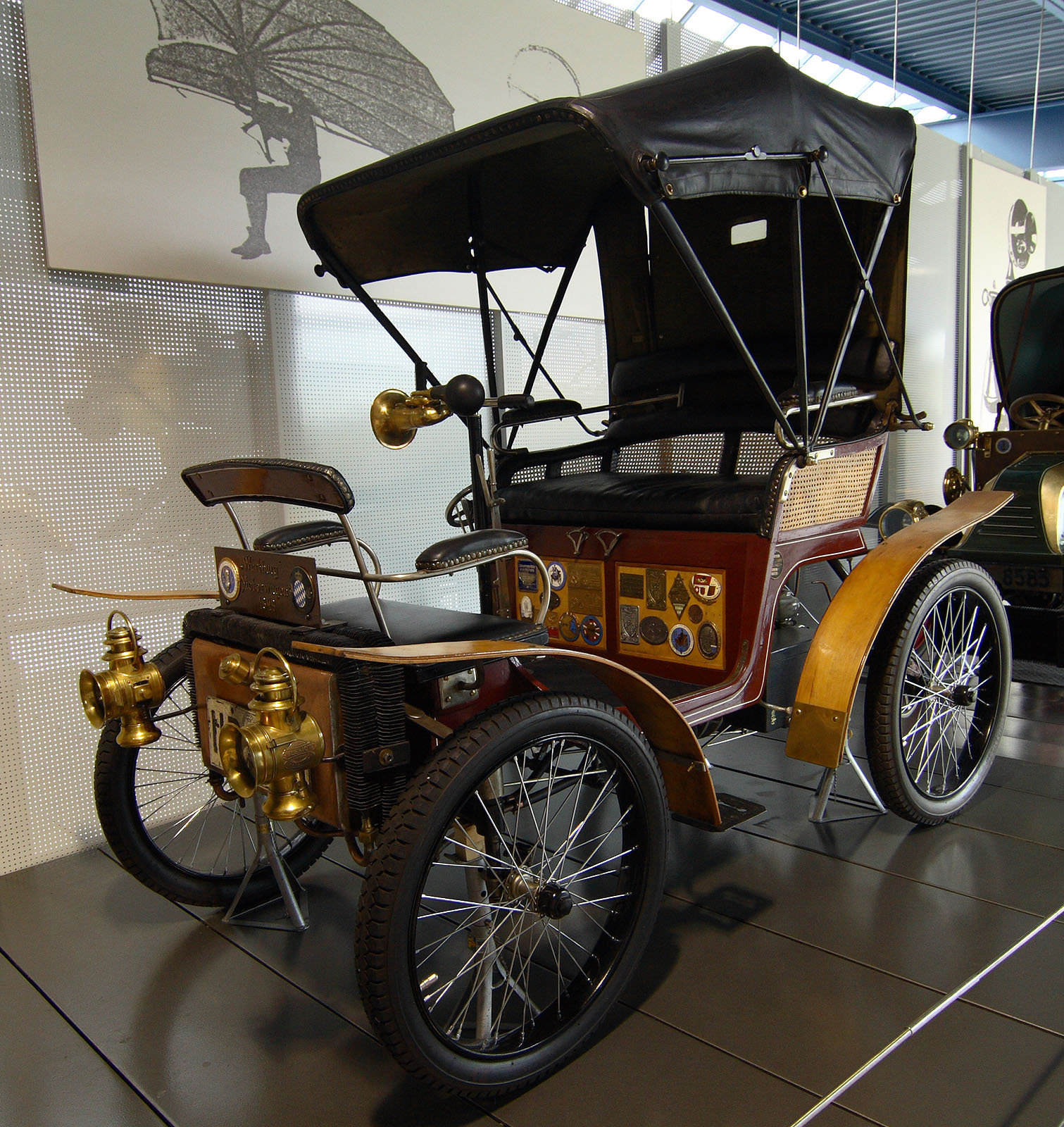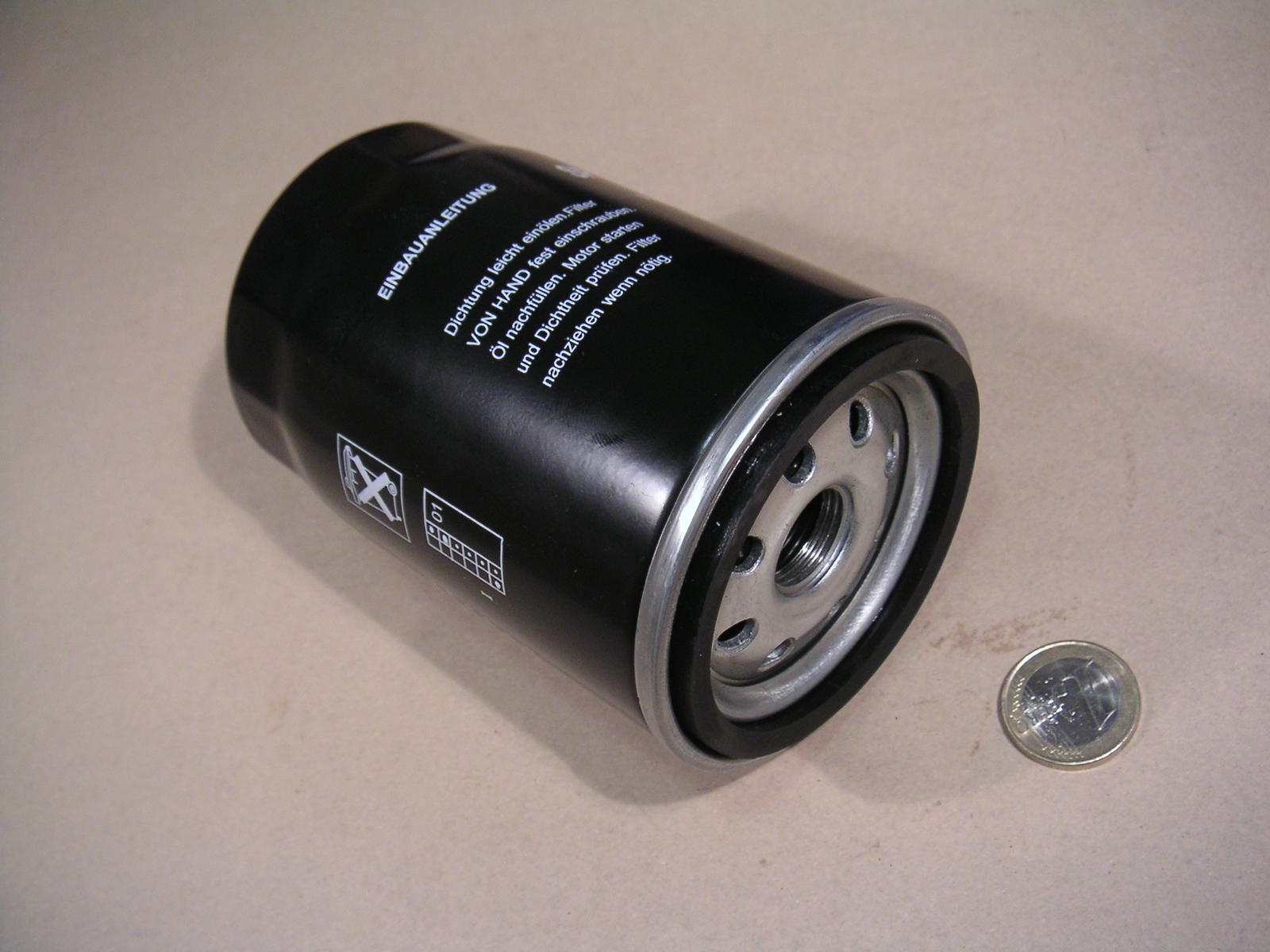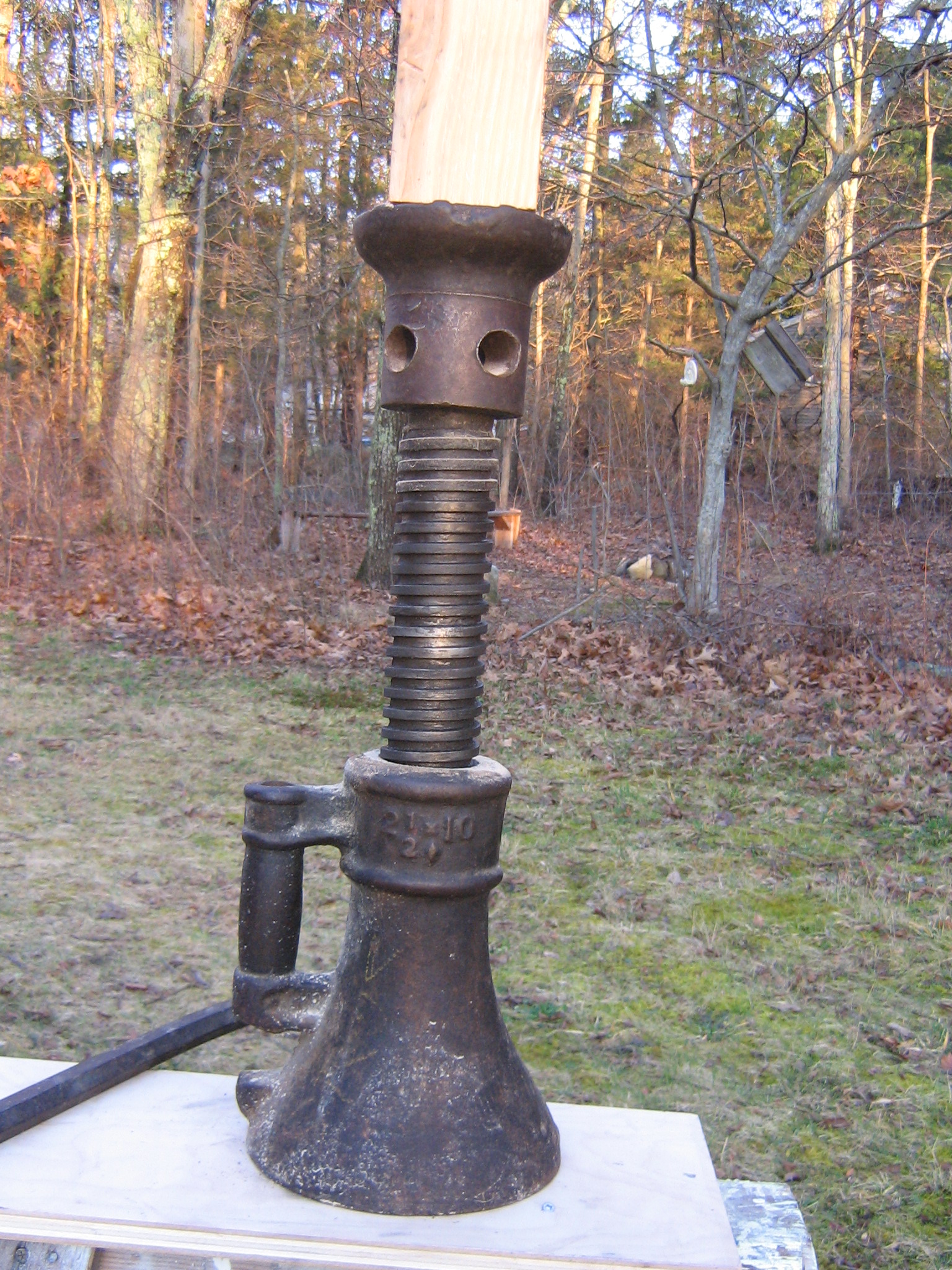|
EMW 340
The BMW 340, subsequently rebadged as the EMW 340, was a large six-cylinder four-door passenger saloon produced at Eisenach initially in the name of BMW. Five-door 340 station wagons were also manufactured. It was described in 1948 as the first new car model produced in Germany after the war: despite new body panels, under the skin it was a modified version of the BMW 326 with which it shared its engine and wheelbase, and which had originally been commercialised in 1936. The 326 had nevertheless been an innovative and well regarded product and the 340, which incorporated several improvements, was seen as a desirable car well into the 1950s. Early years were dogged by disputes centred on ownership of the plant where it was assembled and its manufacturers’ rights to use the BMW name. The cars later appeared badged as EMW 340s, and it was under this name that 340s continued to be sold until at least 1953. A coupé version, originally launched in 1937 as the BMW 327, was ... [...More Info...] [...Related Items...] OR: [Wikipedia] [Google] [Baidu] |
Automobilwerk Eisenach
The Automobilwerk Eisenach (AWE) was an automobile manufacturer in Eisenach, Germany. History Fahrzeugfabrik Eisenach Heinrich Ehrhardt founded the Fahrzeugfabrik Eisenach (FFE) in Eisenach on 3 December 1896 as a stock company. Initially, he produced bicycles and guns. After two years, he started to produce a motor car which he called the Wartburg, a licensed model of the French Decauville. The company was the third to manufacture cars in Germany, the first being ''Benz & Cie'' and the second being '' Daimler Motoren Gesellschaft''. His son Gustav subsequently took over the factory, which at the end of the 19th century employed 1,300 workers and was one of the largest in Thuringia. Reorganized as Dixi In 1903, the Ehrhardt family withdrew from management due to financial losses and also because the license to build Decauvilles was revoked. The factory began building under the new name, Dixi, in 1904 with Willi Seck as chief engineer. The top model, the type ... [...More Info...] [...Related Items...] OR: [Wikipedia] [Google] [Baidu] |
Soviet Occupation Zone
The Soviet Occupation Zone ( or german: Ostzone, label=none, "East Zone"; , ''Sovetskaya okkupatsionnaya zona Germanii'', "Soviet Occupation Zone of Germany") was an area of Germany in Central Europe that was occupied by the Soviet Union as a communist area, established as a result of the Potsdam Agreement on 1 August 1945. On 7 October 1949 the German Democratic Republic (GDR), commonly referred to in English as East Germany, was established in the Soviet Occupation Zone. The SBZ was one of the four Allied occupation zones of Germany created at the end of World War II with the Allied victory. According to the Potsdam Agreement, the Soviet Military Administration in Germany (German initials: SMAD) was assigned responsibility for the middle portion of Germany. Eastern Germany beyond the Oder-Neisse line, equal in territory to the SBZ, was to be annexed by Poland and its population expelled, pending a final peace conference with Germany. By the time forces of the United St ... [...More Info...] [...Related Items...] OR: [Wikipedia] [Google] [Baidu] |
Mercedes-Benz W136
The Mercedes-Benz W136 was Mercedes-Benz's main line of inline-four cylinder motorcars from the mid-1930s into the 1950s. The model 170 V made its public debut as successor to the W15 Typ 170 in February 1936. Between 1936 and 1939 it was Mercedes' top selling model. Oswald20to45, pages 208 - 209 & 250 Oswald45to90, page 8 Between 1936 and 1942 over 75,000 were built making it by far the most popular Mercedes-Benz model up till that point. Enough of the W136's tooling survived Allied bombing during World War II (or could be recreated post-war) for it to serve as the foundation upon which the company could rebuild. By 1947 the model 170 V had resumed its place as Mercedes' top-seller, a position it held until 1953. The "V" in the 170 V's name was an abbreviation of "Vorn" (front), added to differentiate it from the contemporary rear-engined Mercedes-Benz 170H (W28) ("H" for "Heck", rear) which used the same four cylinder 1697cc engine, but positioned at the back of the car. ... [...More Info...] [...Related Items...] OR: [Wikipedia] [Google] [Baidu] |
Mercedes-Benz
Mercedes-Benz (), commonly referred to as Mercedes and sometimes as Benz, is a German luxury and commercial vehicle automotive brand established in 1926. Mercedes-Benz AG (a Mercedes-Benz Group subsidiary established in 2019) is headquartered in Stuttgart, Baden-Württemberg, Germany. Mercedes-Benz AG produces consumer luxury vehicles and commercial vehicles badged as Mercedes-Benz. From November 2019 onwards, Mercedes-Benz-badged heavy commercial vehicles (trucks and buses) are managed by Daimler Truck, a former part of the Mercedes-Benz Group turned into an independent company in late 2021. In 2018, Mercedes-Benz was the largest brand of premium vehicles in the world, having sold 2.31 million passenger cars. The brand's origins lie in Daimler-Motoren-Gesellschaft's 1901 Mercedes and Carl Benz's 1886 Benz Patent-Motorwagen, which is widely regarded as the first internal combustion engine in a self-propelled automobile. The slogan for the brand is "the best or nothing" ... [...More Info...] [...Related Items...] OR: [Wikipedia] [Google] [Baidu] |
Operating Temperature
An operating temperature is the allowable temperature range of the local ambient environment at which an electrical or mechanical device operates. The device will operate effectively within a specified temperature range which varies based on the device function and application context, and ranges from the minimum operating temperature to the maximum operating temperature (or peak operating temperature). Outside this range of safe operating temperatures the device may fail. It is one component of reliability engineering. Similarly, biological systems have a viable temperature range, which might be referred to as an "operating temperature". Ranges Most devices are manufactured in several temperature grades. Broadly accepted grades are: *Commercial: 0 ° to 70 °C *Industrial: −40 ° to 85 °C *Military: −55 ° to 125 °C Nevertheless, each manufacturer defines its own temperature grades so designers must pay close attention to actual datasheet sp ... [...More Info...] [...Related Items...] OR: [Wikipedia] [Google] [Baidu] |
Russia
Russia (, , ), or the Russian Federation, is a transcontinental country spanning Eastern Europe and Northern Asia. It is the largest country in the world, with its internationally recognised territory covering , and encompassing one-eighth of Earth's inhabitable landmass. Russia extends across eleven time zones and shares land boundaries with fourteen countries, more than any other country but China. It is the world's ninth-most populous country and Europe's most populous country, with a population of 146 million people. The country's capital and largest city is Moscow, the largest city entirely within Europe. Saint Petersburg is Russia's cultural centre and second-largest city. Other major urban areas include Novosibirsk, Yekaterinburg, Nizhny Novgorod, and Kazan. The East Slavs emerged as a recognisable group in Europe between the 3rd and 8th centuries CE. Kievan Rus' arose as a state in the 9th century, and in 988, it adopted Orthodox Christianity from the ... [...More Info...] [...Related Items...] OR: [Wikipedia] [Google] [Baidu] |
Oil Filter
An oil filter is a filter designed to remove contaminants from engine oil, transmission oil, lubricating oil, or hydraulic oil. Their chief use is in internal-combustion engines for motor vehicles (both on- and off-road ), powered aircraft, railway locomotives, ships and boats, and static engines such as generators and pumps. Other vehicle hydraulic systems, such as those in automatic transmissions and power steering, are often equipped with an oil filter. Gas turbine engines, such as those on jet aircraft, also require the use of oil filters. Oil filters are used in many different types of hydraulic machinery. The oil industry itself employs filters for oil production, oil pumping, and oil recycling. Modern engine oil filters tend to be "full-flow" (inline) or "bypass". History Early automobile engines did not have oil filters, having only a rudimentary mesh sieve placed at the oil pump intake. Consequently, along with the generally low quality of oil available, very fr ... [...More Info...] [...Related Items...] OR: [Wikipedia] [Google] [Baidu] |
Jack (device)
A jack is a mechanical lifting device used to apply great forces or lift heavy loads. A mechanical jack employs a screw thread for lifting heavy equipment. A hydraulic jack uses hydraulic power. The most common form is a car jack, floor jack or garage jack, which lifts vehicles so that maintenance can be performed. Jacks are usually rated for a maximum lifting capacity (for example, 1.5 tons or 3 tons). Industrial jacks can be rated for many tons of load. Etymology The personal name ''Jack'', which came into English usage around the thirteenth century as a nickname form of ''John'', came in the sixteenth century to be used as a colloquial word for 'a man (of low status)' (much as in the modern usage 'jack of all trades, master of none'). From here, the word was 'applied to things which in some way take the place of a lad or man, or save human labour'. The first attestation in the ''Oxford English Dictionary'' of ''jack'' in the sense 'a machine, usually portable, for liftin ... [...More Info...] [...Related Items...] OR: [Wikipedia] [Google] [Baidu] |
Trunk (automobile)
The trunk (North American English) or boot (British English) of a car is the vehicle's main storage or cargo compartment, often a hatch at the rear of the vehicle. It is also called a tailgate. In Indian English the storage area is known as a dickey (also spelled dicky, dickie, or diggy), and in South-East Asia as a compartment. Designs The trunk or luggage compartment is most often at the rear of the vehicle. Early designs had an exterior rack on the rear of the vehicle to attach luggage trunk. Later designs integrated the storage area into the vehicle's body, and eventually became more streamlined. The main storage compartment is normally provided at the end of the vehicle opposite to which the engine is located. Some mid-engined or electric cars have luggage compartments both in the front and in the rear. Examples include the Porsche 914 and Boxster as well as Toyota MR2. The mid-engined Fiat X1/9 also has two storage compartments, although the rear one is smal ... [...More Info...] [...Related Items...] OR: [Wikipedia] [Google] [Baidu] |
United States
The United States of America (U.S.A. or USA), commonly known as the United States (U.S. or US) or America, is a country primarily located in North America. It consists of 50 U.S. state, states, a Washington, D.C., federal district, five major unincorporated territories, nine United States Minor Outlying Islands, Minor Outlying Islands, and 326 Indian reservations. The United States is also in Compact of Free Association, free association with three Oceania, Pacific Island Sovereign state, sovereign states: the Federated States of Micronesia, the Marshall Islands, and the Palau, Republic of Palau. It is the world's List of countries and dependencies by area, third-largest country by both land and total area. It shares land borders Canada–United States border, with Canada to its north and Mexico–United States border, with Mexico to its south and has maritime borders with the Bahamas, Cuba, Russia, and other nations. With a population of over 333 million, it is the List of ... [...More Info...] [...Related Items...] OR: [Wikipedia] [Google] [Baidu] |
Peugeot 203
The Peugeot 203 is a small family car which was produced by the French car manufacturer Peugeot between 1948 and 1960. The car was exhibited at the Paris Motor Show in 1947, but by then had already been under development for more than five years. Volume manufacturing was initially hampered by strikes and shortages of materials, but production got under way late in 1948, with buyers taking delivery of 203s from early 1949. The 203 was Peugeot's first new model launched after World War II. During its twelve-year production run nearly 700,000 203s were assembled in Sochaux, France. Between the demise of the 202 in 1949 and the launch of the 403 in 1955, the 203 was the only model produced by Peugeot. The body The 203 was the first monocoque bodied production Peugeot. The car was eye catchingly modern and bore a marked resemblance to the American Chevrolet Fleetline fastback, although its wind cheating profile also reflected the streamlining trend apparent in some of Eu ... [...More Info...] [...Related Items...] OR: [Wikipedia] [Google] [Baidu] |
Munich
Munich ( ; german: München ; bar, Minga ) is the capital and most populous city of the German state of Bavaria. With a population of 1,558,395 inhabitants as of 31 July 2020, it is the third-largest city in Germany, after Berlin and Hamburg, and thus the largest which does not constitute its own state, as well as the 11th-largest city in the European Union. The city's metropolitan region is home to 6 million people. Straddling the banks of the River Isar (a tributary of the Danube) north of the Bavarian Alps, Munich is the seat of the Bavarian administrative region of Upper Bavaria, while being the most densely populated municipality in Germany (4,500 people per km2). Munich is the second-largest city in the Bavarian dialect area, after the Austrian capital of Vienna. The city was first mentioned in 1158. Catholic Munich strongly resisted the Reformation and was a political point of divergence during the resulting Thirty Years' War, but remained physicall ... [...More Info...] [...Related Items...] OR: [Wikipedia] [Google] [Baidu] |







.jpg)
